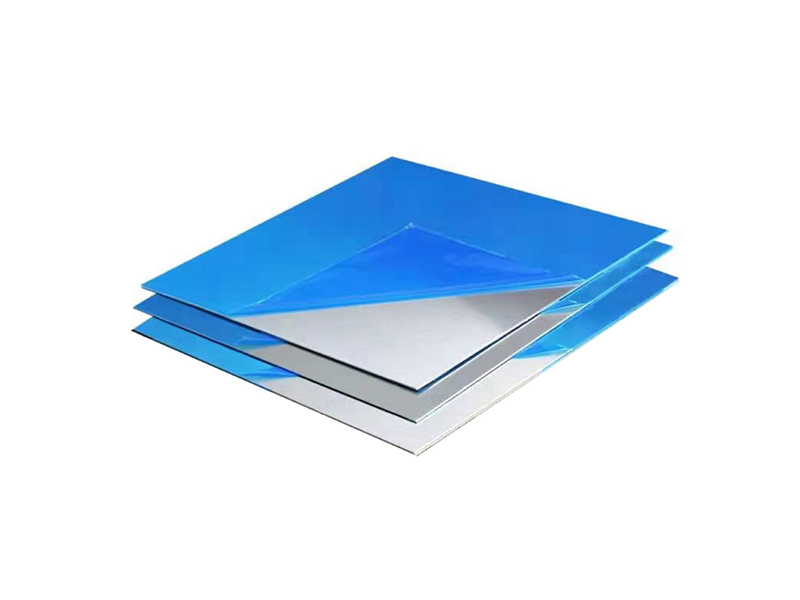

At present, the annual production volume of niobium-containing steels around the world is close to 3 million tonnes, and the annual production volume of vanadium-containing steels plate is close to 50 million tonnes. The niobium and niobium-titanium micro-alloyed steels produced by Nanjing Iron & Steel Co., Ltd. in the medium-thickness plate and coil plant according to market demand are generally in good condition, with more stable properties and a high flaw detection rate, however, micro-cracks can occur on the surface of some of the rolled steel plates.
150 tonne converter → LF → (RH) → CC → furnace coil rolling mill. By using optical microscopy, scanning electron microscopy and transmission electron microscopy to observe and analyse the microcracks in the steel plate, the causes and mechanisms of such defects were identified.

From the analysis of the composition of the cracked surface of the cast billet, the “M” shaped cracks and the “hairline” cracks of the steel plate, it can be seen that.
The impurity elements such as Cu, As, P, S, etc. near the surface cracks of the steel plate are low and no inclusions are found, indicating that the cracks are not caused by the low melting point compounds of columnar crystals brought in by the protection slag, nor are they caused by the low melting point compounds formed by the segregation of elements such as P, S, etc. It can be determined that such micro-cracks are not produced in the crystallizer.
It was observed that the cracks on the surface of the steel plates were all cracked along the grain boundaries, and an enrichment of Nb(CN) and (NbTi)(CN) composite precipitates was observed at the cracks, which was more consistent with the distribution of Nb(CN) and (NbTi)(CN) composite precipitates in the cast billets, indicating a causal relationship between the two.
Analysis of the metallographic organisation of the “M” cracked steel plate shows that the cracks were already present before rolling in the furnace and that the matrix near the cracks was oxidised and decarburised during the heating process. Therefore, the surface microcracking of the steel plate mainly originates from the surface cracking of the cast billet during the second cooling phase and is associated with the third brittle temperature zone of the niobium-containing microalloyed steel. This is due to the fact that the Nb and C and N compounds formed in the niobium-containing microalloyed steel are numerous and small and precipitate along the grain boundaries, increasing the upper critical temperature of the third brittle zone, widening the width of the third brittle temperature zone, increasing the depth of the plastic groove, reducing the grain boundary bonding energy and increasing the crack susceptibility, making the continuous casting billet brittle fracture along the grain in the second cold straightening or cracking in the subsequent rolling. The generation of microcracks is exacerbated by a low straightening temperature during secondary cold straightening.
This is because the TiN precipitation formed by Ti and N has the effect of nitrogen fixation, which reduces the chance of Nb forming nitrides, making the width of the temperature interval in the third brittle zone narrower and the depth of the plastic groove reduced. Due to the higher formation temperature of TiN and lower formation temperature of Nb(CN), TiN can be used as the core of the new precipitation phase, thus effectively suppressing the diffuse precipitation with many and fine Nb-containing precipitates and reducing the susceptibility to microcracking.

For Further Details,Please Feel Free To Contact Us: